St. Alexandrina, faithful servant of Christ, You endured great suffering with unwavering faith and love. Through your deep devotion and trust in God's will, You became a light of hope to many. Intercede for us in our struggles and needs, That we may find strength in our trials and grow closer to God. Pray for us, that we may live with the same courage, Patience, and trust in God's mercy. Amen.
ST. ALEXANDRINA OF BALAZAR
ST. ALEXANDRINA OF BALAZAR
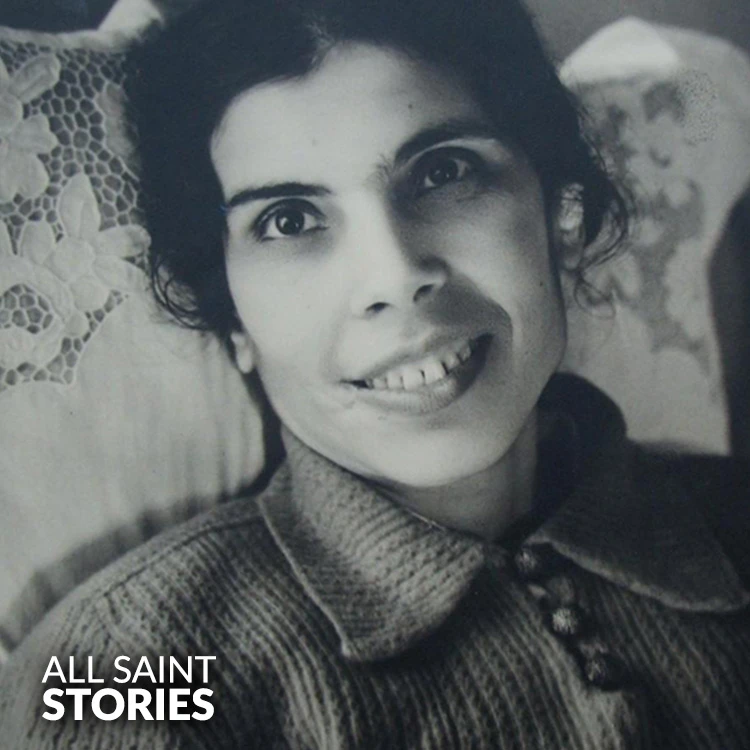
St. Alexandrina of Balazar was a 20th-century Portuguese mystic and victim soul, bedridden for most of her life, who united her intense physical suffering with Christ’s Passion and lived for years solely on the Eucharist.
St. Alexandrina Maria da Costa was born on March 30, 1904, in Balazar, Portugal, into a poor farming family. Her early life was shaped by simplicity, devotion, and a deep love for Jesus and Mary. At the age of 14, her life changed forever when she jumped from a window to escape an attempted assault, causing a spinal injury that eventually left her completely paralyzed.
Though her physical health declined, her spiritual life flourished. Alexandrina embraced her immobility as a way to participate in the sufferings of Christ. She offered her pain for the salvation of souls, especially for the conversion of sinners and for peace in the world. Her union with Jesus became so intense that she experienced visions, ecstasies, and mystical phenomena—particularly during the weekly reliving of Christ’s Passion every Friday.
From 1942 until her death in 1955, Alexandrina lived without any food except for the Holy Eucharist. Multiple medical investigations confirmed her condition, though her faith and the mystery of her life could not be explained by science alone. This miraculous survival was understood as a special grace and a divine sign pointing to the power of the Eucharist.
Alexandrina became a spiritual guide and inspiration to thousands, including her confessor and future Cardinal, Blessed Mariano da Silva. Despite being confined to her bed, she constantly wrote letters, received visitors, and spread the message of total consecration to the Immaculate Heart of Mary and devotion to the Blessed Sacrament.
Her suffering, humility, and unwavering trust in God gained international attention, and she was visited by people seeking counsel and healing. Alexandrina died peacefully on October 13, 1955, the anniversary of the final apparition at Fatima—a connection seen by many as providential.
She was beatified by Pope John Paul II in 2004, who held her up as a model of Eucharistic love and redemptive suffering.
Video Not Found
The information on this website is compiled from various trusted sources. While we aim for accuracy, some details may be incomplete or contain discrepancies.
If you notice any errors or have additional information about this saint, please use the form on the left to share your suggestions. Your input helps us improve and maintain reliable content for everyone.
All submissions are reviewed carefully, and your personal details will remain confidential. Thank you for contributing to the accuracy and value of this resource.
Credits & Acknowledgments
- Anudina Visudhar (Malayalam) – Life of Saints for Everyday
by Msgr. Thomas Moothedan, M.A., D.D. - Saint Companions for Each Day
by A. J. M. Mausolfe & J. K. Mausolfe - US Catholic (Faith in Real Life) – Informational articles
- Wikipedia – General reference content and images
- Anastpaul.com – Saint images and reflections
- Pravachaka Sabdam (Malayalam) – Saint-related content and insights
We sincerely thank these authors and platforms for their valuable contributions. If we have unintentionally missed any attribution, please notify us, and we will make the correction promptly.
If you have any suggestion about ST. ALEXANDRINA OF BALAZAR
Your suggestion will help improve the information about this saint. Your details will not be disclosed anywhere.
© 2025 Copyright @ www.allsaintstories.com


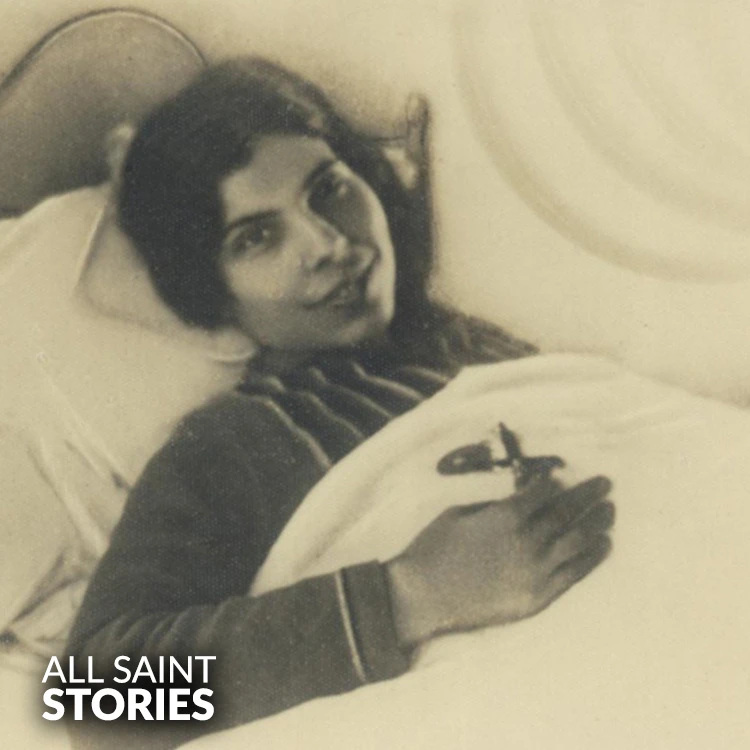

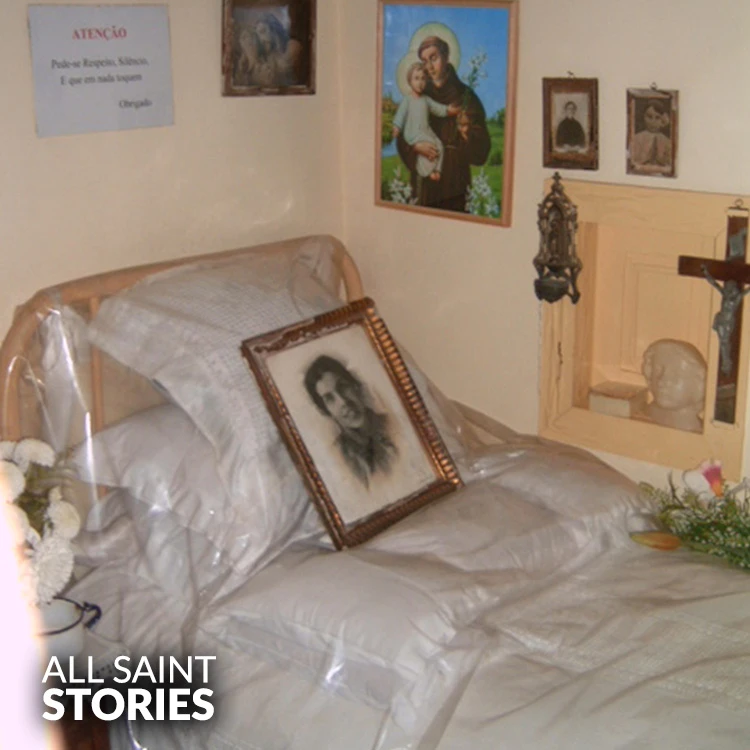
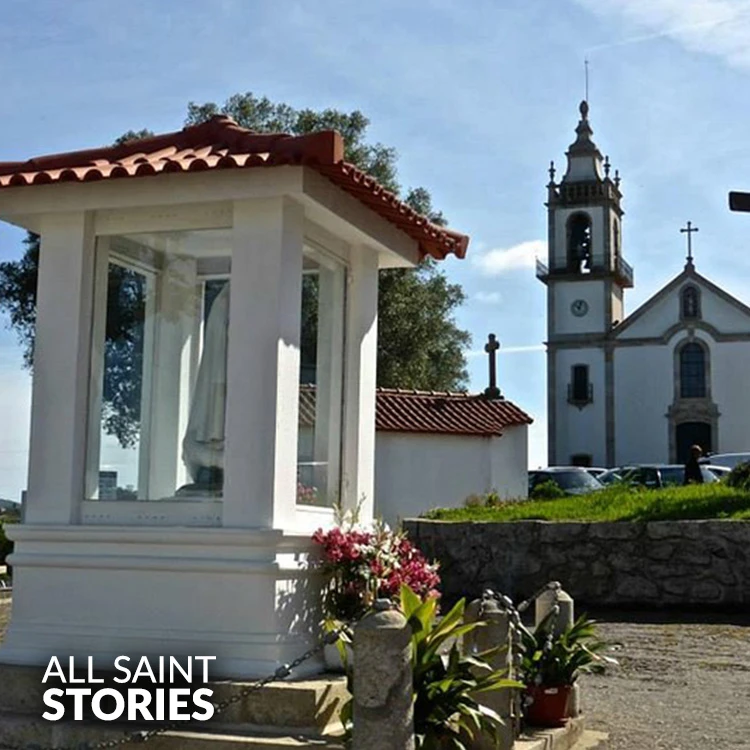
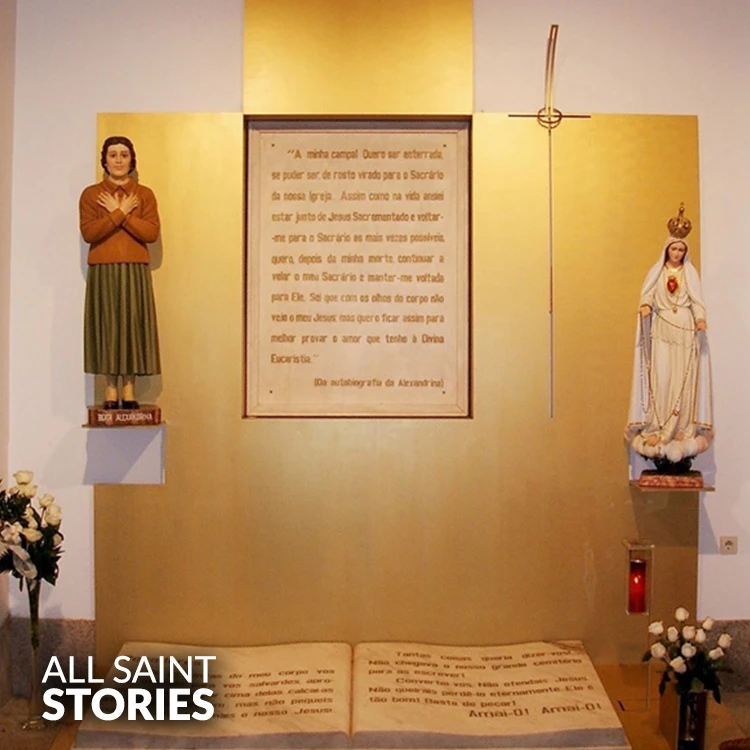
 English
English
 Italian
Italian
 French
French
 Spanish
Spanish
 Malayalam
Malayalam
 Russian
Russian
 Korean
Korean
 Sinhala
Sinhala
 Japanese
Japanese
 Arabic
Arabic
 Portuguese
Portuguese
 Bantu
Bantu
 Greek
Greek
 German
German
 Dutch
Dutch
 Filipino
Filipino